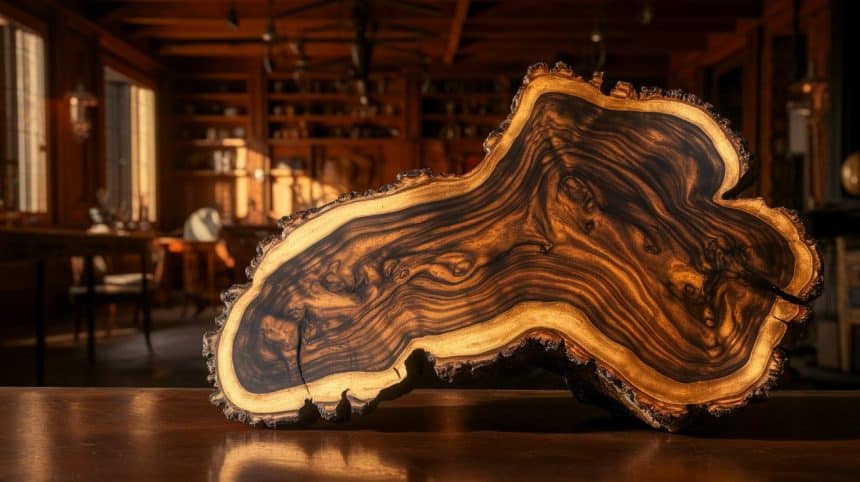Are you looking to change your home with a touch of rare, natural grace? Find the extraordinary world of rare and exotic woods—nature’s ultimate expression of beauty and craftsmanship.
Imagine owning a dining table with wood grain so unique it becomes a family heirloom, or a guitar whose rich tones captivate professionals.
These remarkable woods, sourced from remote forests, offer unmatched warmth, character, and timeless appeal. Don’t settle for ordinary—experience the luxury and legacy that only nature’s rarest treasures can provide.
Jump in and examine 11 extraordinary woods that promise to upgrade your home and collection today!
Why Fine Woods Speak to the Soul
Before examining specific woods, let’s consider why these materials have fascinated humans throughout history. The appeal of fine woods goes beyond simple beauty—it connects us to something ancient and living.
Quality wood brings warmth no other material can match. Unlike cold stone or metal, wood feels alive to the touch, maintaining a connection to the natural world even after human hands have shaped it.
Fine woods tell stories through their grain patterns, which record years of growth, weather patterns, and the very soil where the tree once stood. Each piece is unique—a natural work of art that cannot be truly replicated.
Many of these woods also carry cultural significance, having been prized by civilizations for hundreds or thousands of years. When you own a piece made from a rare wood, you become part of that ongoing human story.
The most sought-after woods also offer practical benefits, including stability over time, resistance to warping, excellent tone for musical instruments, and exceptional workability for fine details. These qualities make them not just beautiful but truly valuable for specific uses.
11 Extraordinary Woods That Define Luxury
1. African Blackwood
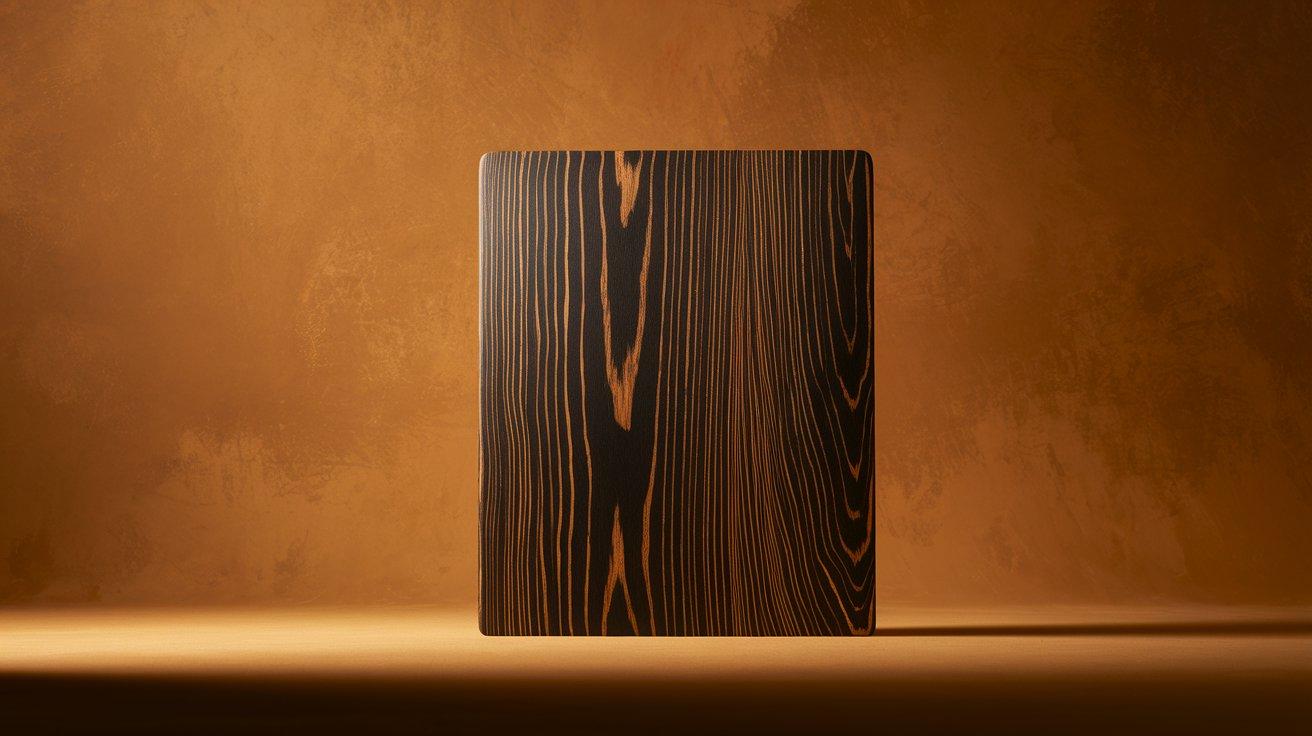
African Blackwood, also known as Dalbergia melanoxylon, is revered in the world of fine musical instruments. Its unique density (heavier than water) allows for exceptional resonance in clarinets, oboes, and flutes.
As an added note, it’s also prized for its resistance to cracking under tension, which is vital for producing precise sound. Sustainable sourcing is increasingly emphasized due to the scarcity of resources.
Location: Central and Southern Africa (notably Tanzania and Mozambique)
Price: $100–$200 per pound for small pieces
2. Sandalwood
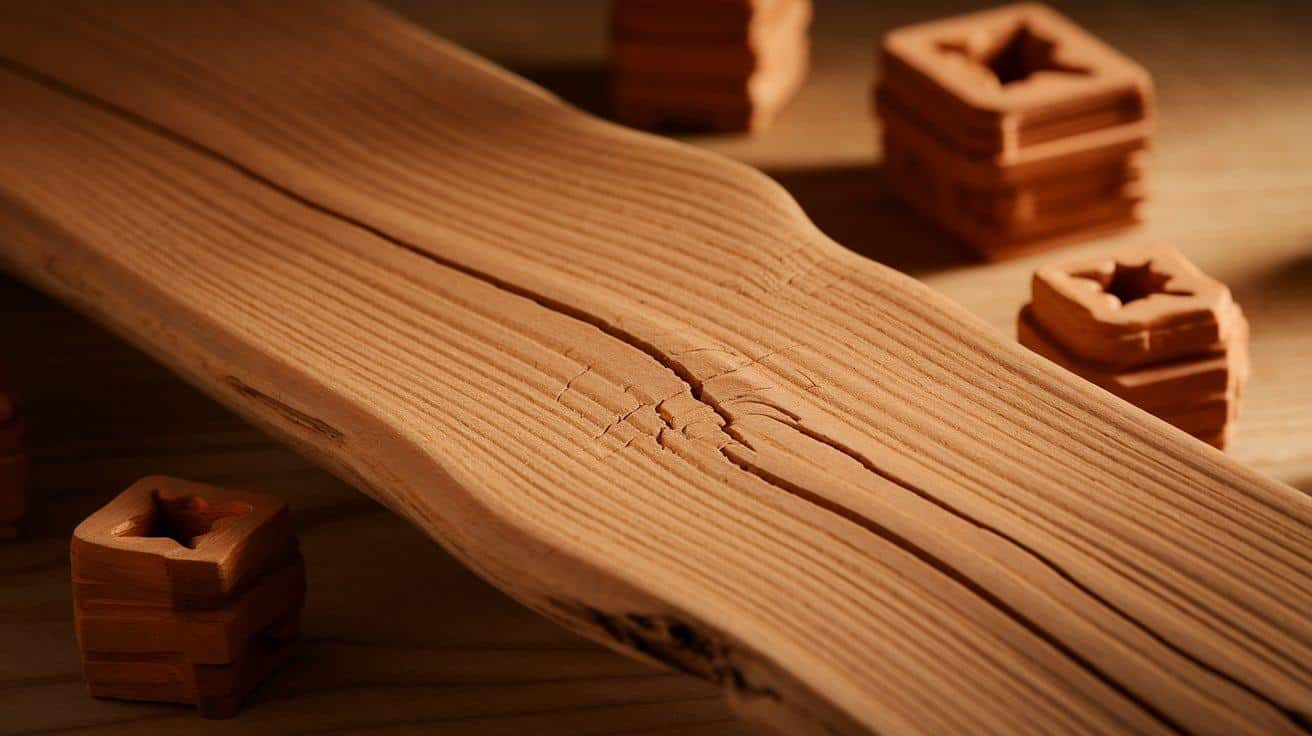
Step into the world of fine fragrances with sandalwood (Santalum album), often referred to as “liquid gold” for its exceptional aromatic properties.
The tree’s heartwood retains a sweet, creamy scent that lasts for decades, used in elite perfumery and sacred rituals—only trees aged 30 years or more yield premium-quality oil.
While India’s Mysore sandalwood remains the benchmark for purity, demand has also fueled plantation efforts in Australia. With traditional sources now protected by law, real sandalwood products are not only luxurious—they are rare, collectible heirlooms.
Location: India (Mysore), Australia, Indonesia
Price: $500–$5,000 per kilogram of oil; $100–$200 per pound of wood
3. Pink Ivory
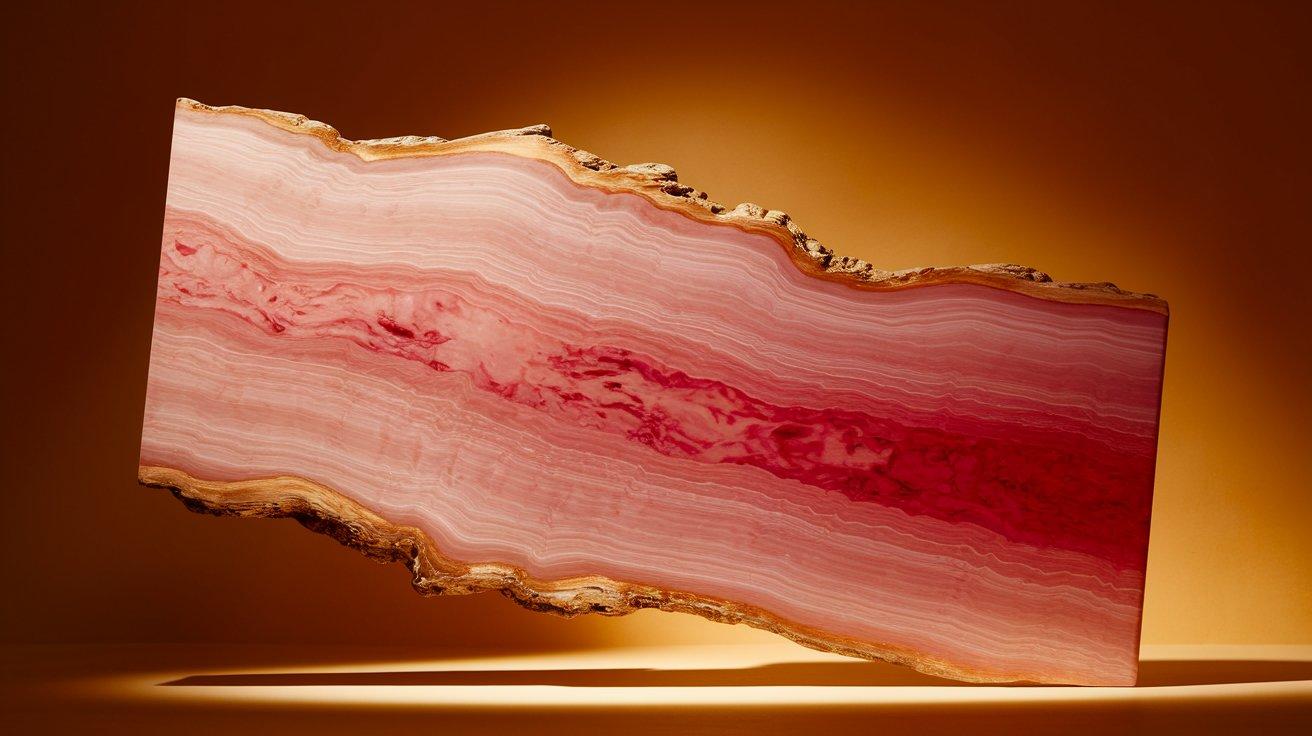
Bring a splash of natural color into your space with Pink Ivory (Berchemia zeyheri), a wood so vivid in its pink and crimson hues that many mistake it for dyed material.
Once exclusive to Zulu royalty, it is now favored in knife handles, luxury pens, and custom pool cues. Beyond color, Pink Ivory is extremely dense and durable, capable of a glassy polish.
Its limited growth range and slow maturation make harvesting difficult, driving up demand for even the smallest high-grade pieces.
Location: Zimbabwe, Mozambique, and South Africa
Price: $50–$100 per board foot
4. Agarwood
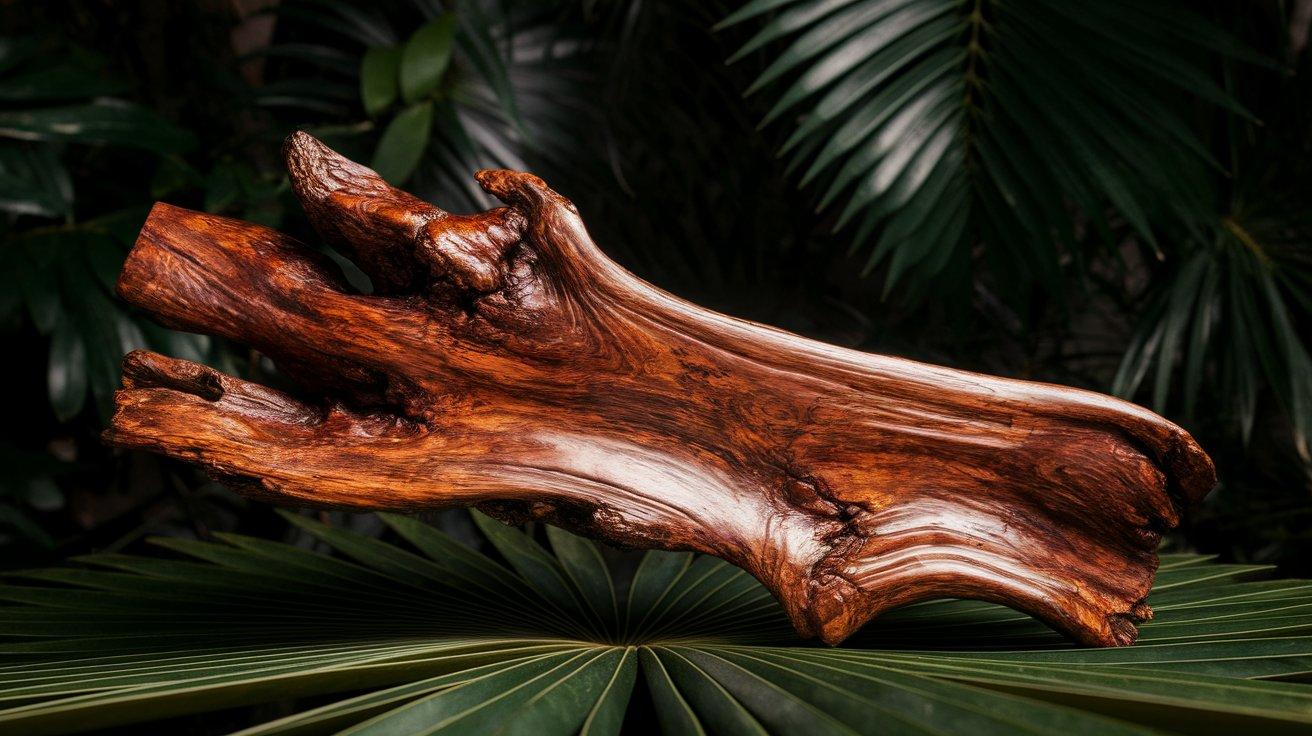
Enter the realm of truly precious materials with agarwood, or oud, which forms only when a specific fungus infects Aquilaria trees.
This triggers a remarkable natural response—resin-laden heartwood with a rich, intoxicating fragrance. Its scent has graced the temples of Asia, the palaces of the Middle East, and luxury perfumes worn by royalty.
With grades determined by resin content and aroma complexity, only a small percentage of trees yield the coveted black resin, making agarwood one of the rarest and most expensive woods on Earth.
Location: Southeast Asia (Vietnam, Thailand, Cambodia)
Price: Up to $100,000/kg
5. Ebony
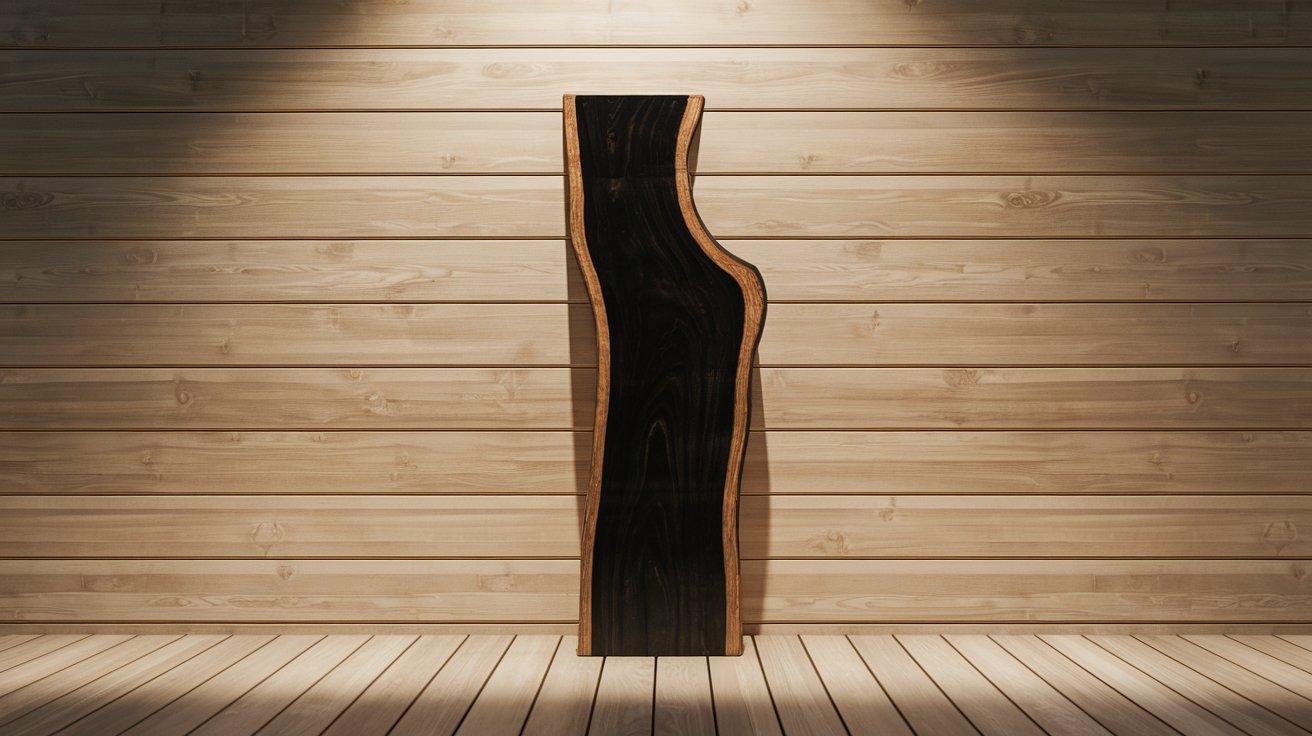
Experience true darkness with ebony (Diospyros ebenum), a wood so deeply black it seems to drink in light. Used historically in Egyptian carvings, piano keys, and chess pieces, its timeless appeal lies in its weight, hardness, and smooth finish.
Due to habitat loss and over-extraction, many ebony species are now protected. Modern sourcing efforts from certified plantations in India and Africa aim to preserve their legacy.
Ebony represents the pinnacle of minimalist luxury—dramatic, dense, and dignified.
Location: India, Sri Lanka, Africa
Price: $80–$150 per board foot
6. Bocote
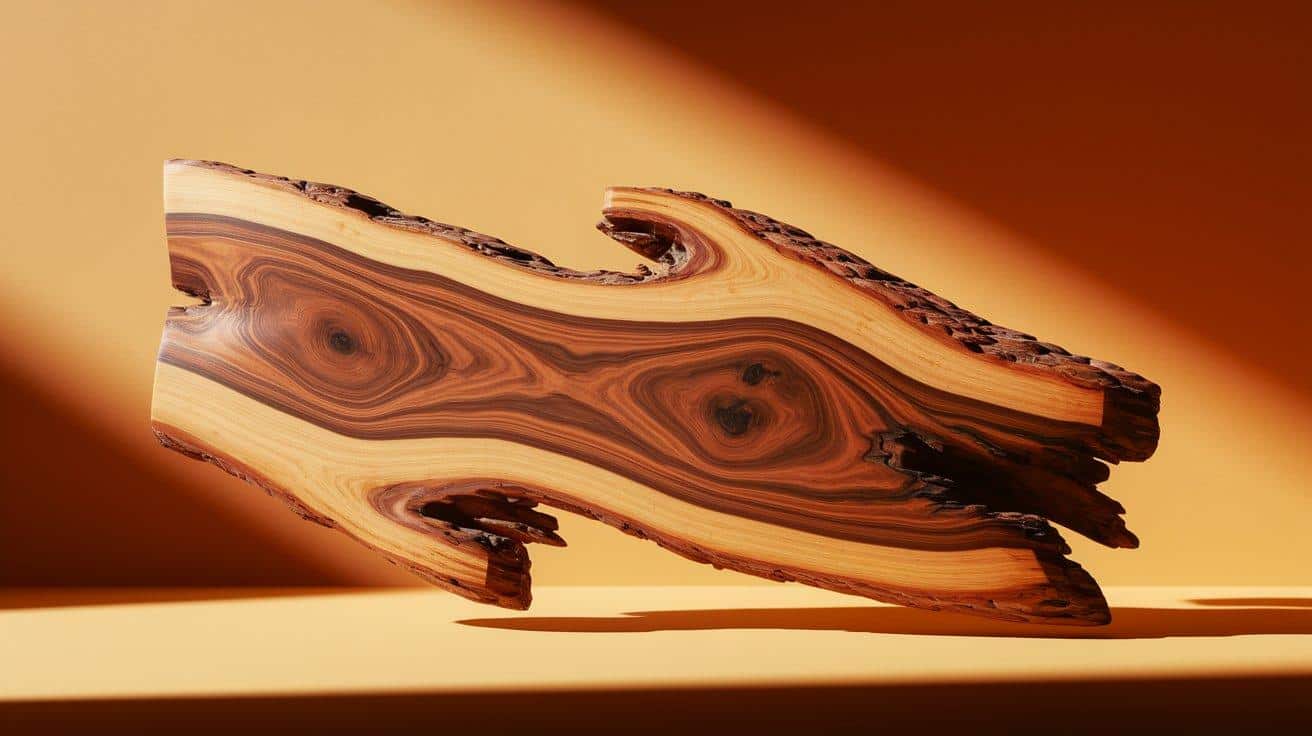
Add visual drama with bocote (Cordia spp.), a Central American wood with rich golden tones and striking zebra-like streaks. Craftsmen treasure its oily nature and ease of polishing, making it a favorite for gunstocks, luxury furniture, and guitar backs.
Some pieces feature “eyes” and wild grain figures that turn simple objects into showpieces. Though not endangered, the most figured varieties are in short supply and fetch collector-level prices.
Location: Mexico, Nicaragua, Costa Rica
Price: $30–$50 per board foot
7. Lignum Vitae
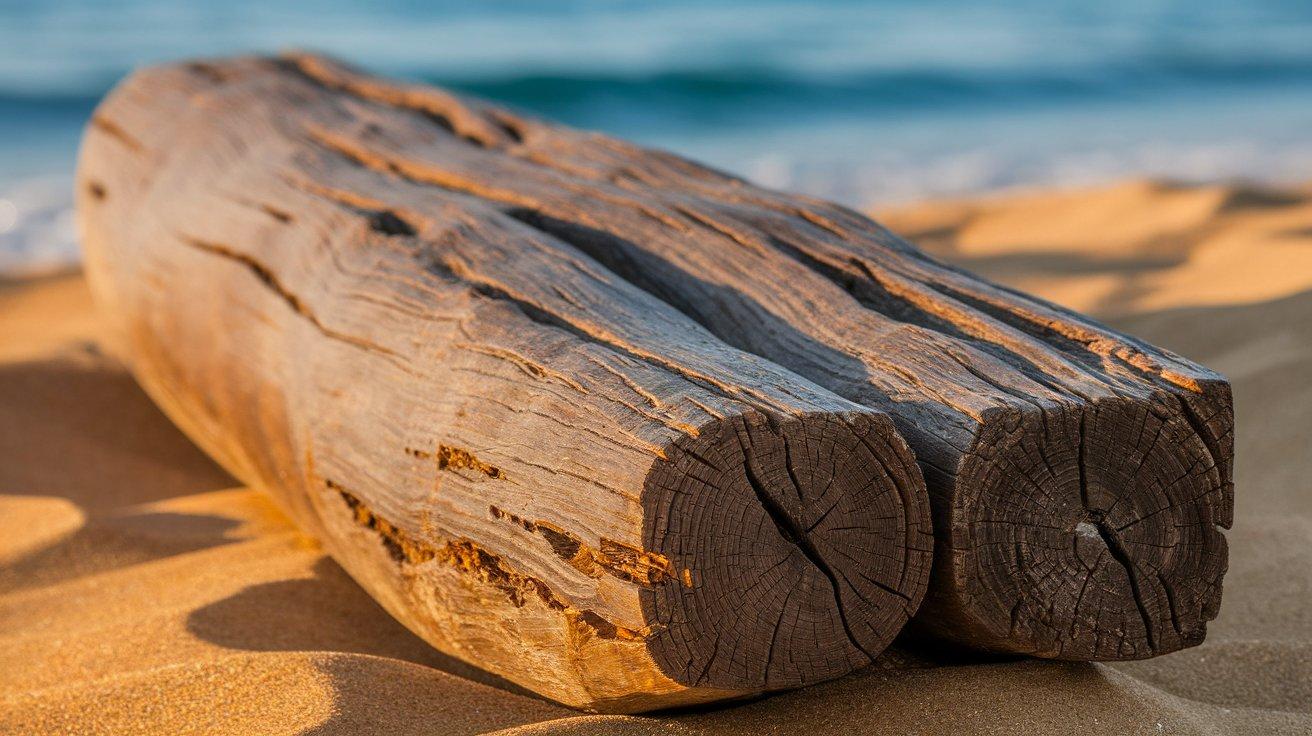
Hold a piece of engineering history with Lignum Vitae (Guaiacum officinale), once used in the propeller shaft bearings of warships and submarines.
This self-lubricating hardwood, rich in natural oils, was so reliable that it remained in use for centuries in the marine industry despite the rise of synthetic materials.
Its extreme hardness and density mean it resists decay and wear like no other. While export is now restricted under CITES, responsibly harvested pieces are prized for their legacy, sustainability, and mechanical perfection.
Location: Caribbean, Central America (notably Belize)
Price: $80–$120 per board foot
8. Brazilian Rosewood
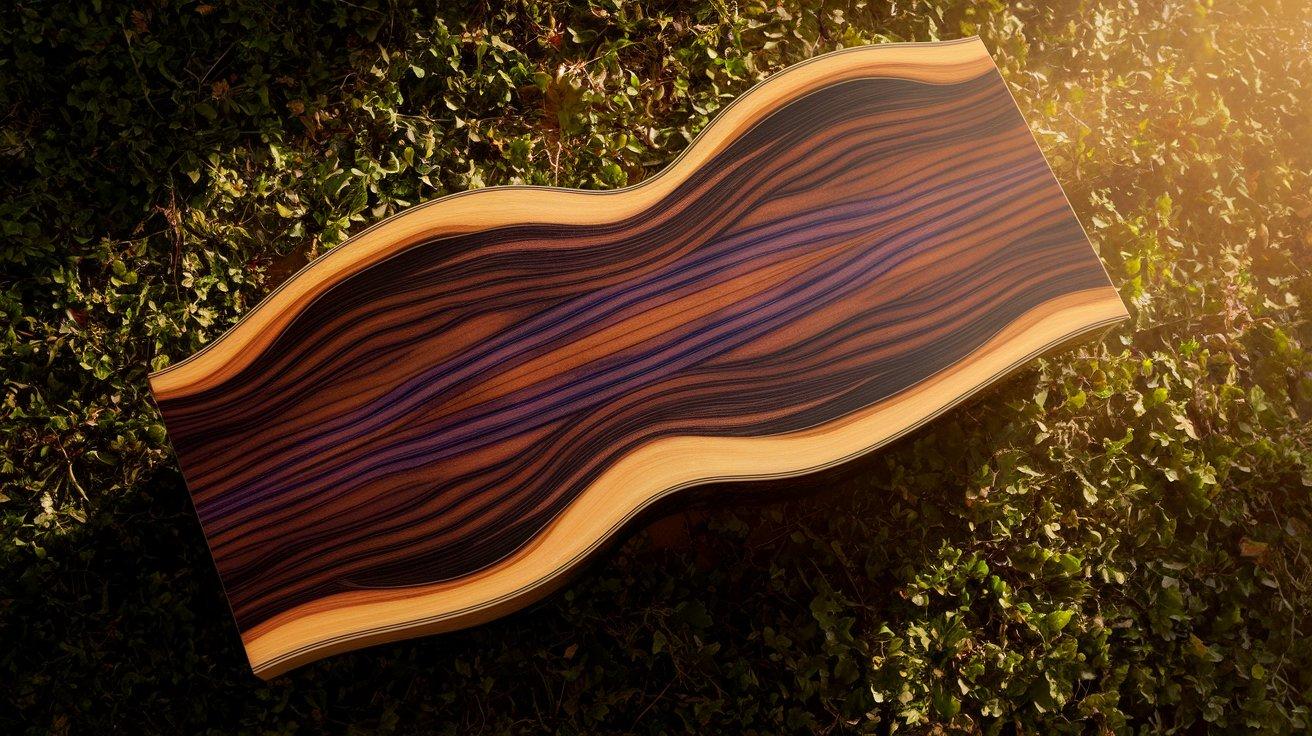
Listen to the sound of perfection with Brazilian Rosewood (Dalbergia nigra), a legendary tonewood known for its balance, sustain, and richness.
Beyond guitars, it has been featured in high-end furniture and luxury car interiors. The dark, fragrant wood, with its black and violet streaks, is instantly recognizable and deeply sought after.
Strict international protections mean only reclaimed or pre-ban materials are legally sold—these often come with full documentation, adding to their value for collectors and artisans.
Location: Brazil (Atlantic Forest)
Price: $400–$800 per board foot
9. Bubinga
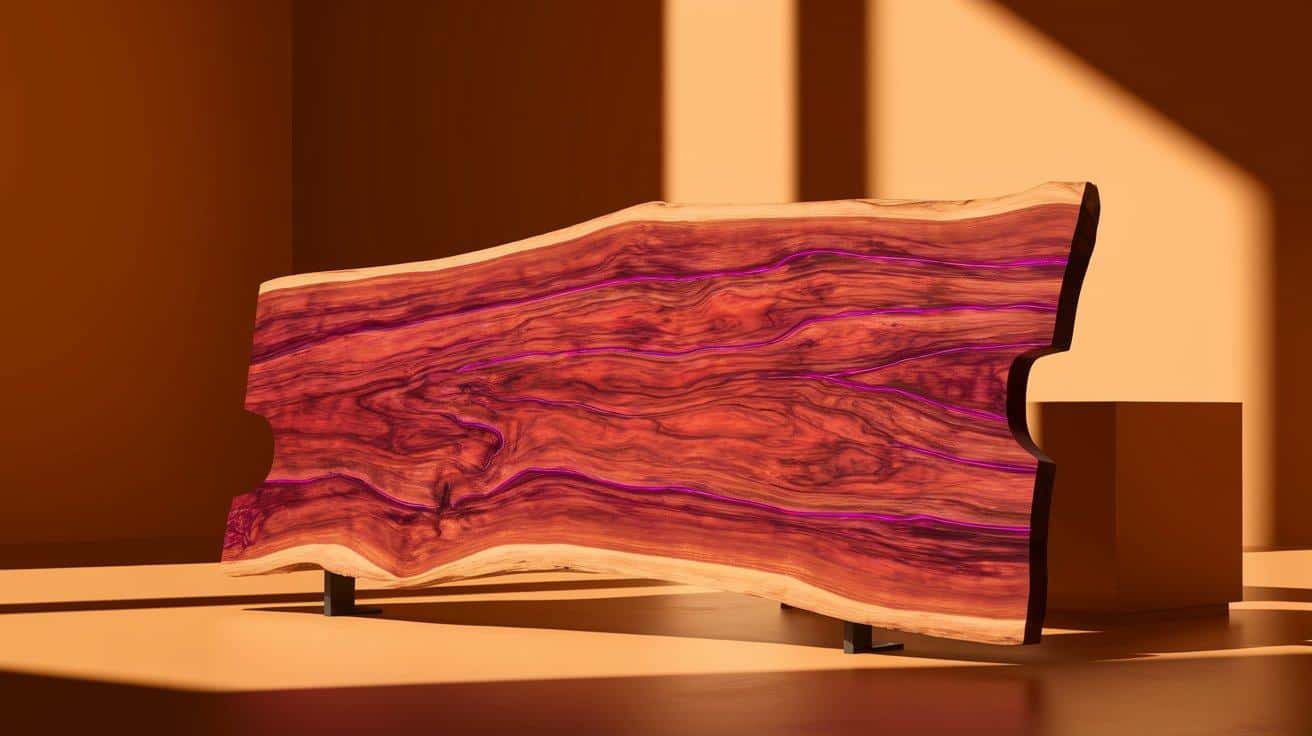
Make a grand statement with bubinga (Guibourtia spp.), an African hardwood known for its vibrant reddish tones and subtle purple highlights.
Often used in massive live-edge slabs, bubinga is a strong yet workable wood, ideal for a wide range of applications, from guitars to architectural paneling.
With its interlocking grain and tight figure, it offers natural resistance to moisture and cracking. Increasing trade regulations have begun to restrict large-scale exports, making earlier-cut specimens more desirable than ever.
Location: Gabon, Cameroon, Congo
Price: $20–$40 per board foot
10. Snakewood
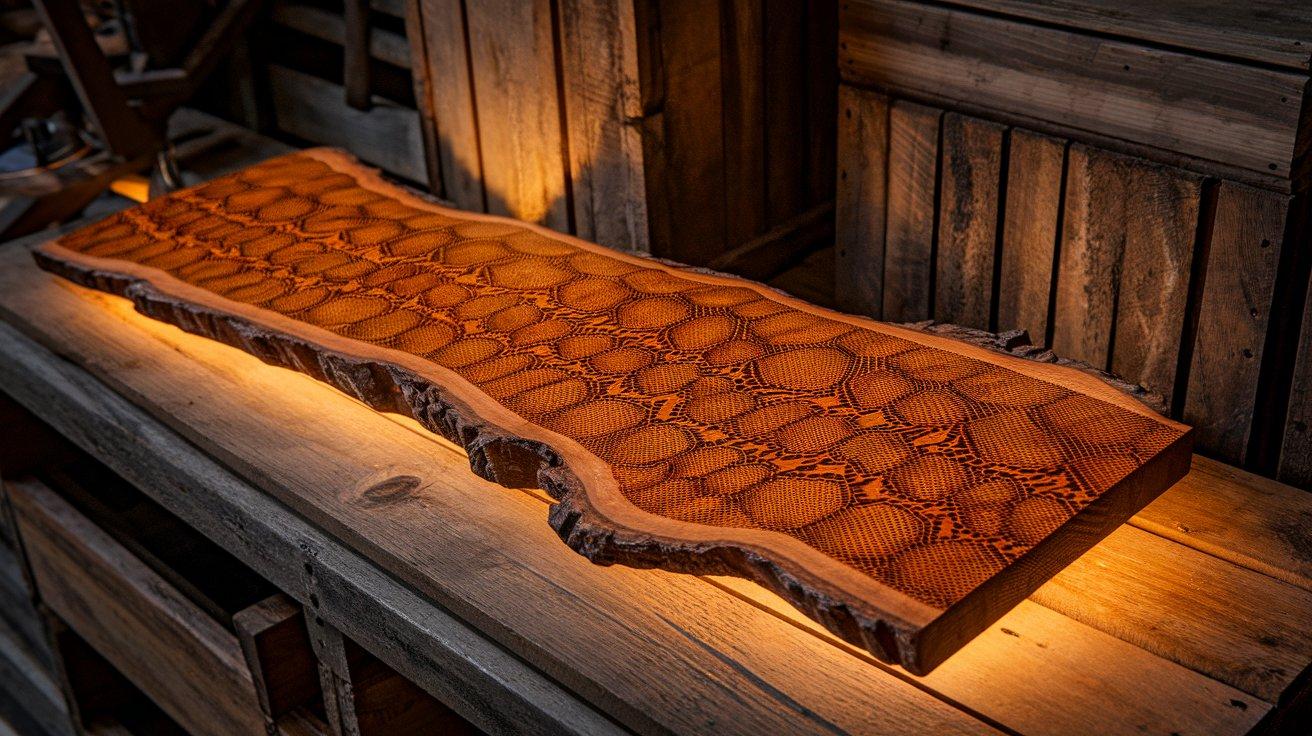
Capture nature’s artistry with snakewood (Brosimum guianense), whose tightly packed grain and serpentine patterning make it one of the most visually arresting woods on Earth.
Traditionally used in violin bows, its exceptional stiffness and weight are ideal for small, high-performance items. This wood is difficult to work with due to brittleness, but properly handled, it yields stunning results.
It is typically sold in small blocks due to its scarcity and challenging harvesting conditions.
Location: Suriname, French Guiana, Brazil
Price: $75–$150 per pound
11. Koa Wood
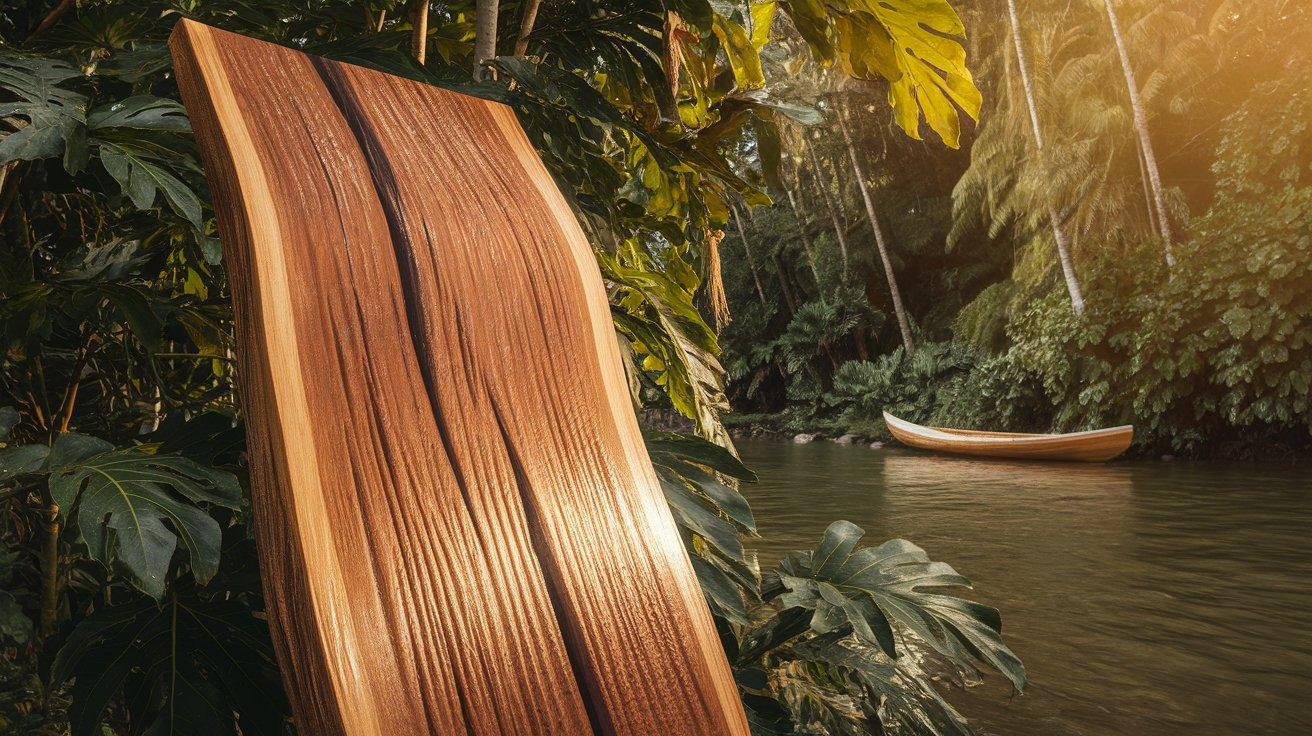
Bring the warmth of the tropics into your home with koa (Acacia koa), native to Hawaii and revered in both traditional and modern craftsmanship.
With hues ranging from golden amber to deep brown and a shimmering 3D grain, koa is used in ukuleles, luxury surfboards, and high-end décor.
Conservation laws now restrict harvesting, ensuring that only naturally fallen trees or plantation-grown sources can be used. I figured koa is particularly prized, with depth and fire that rival those of precious gemstones.
Location: Hawaiian Islands
Price: $50–$100 per board foot; figured up to $200+
What Makes These Woods Worth Their Weight in Gold
Five key factors combine to make these woods so valuable in today’s market:
1. Geographic rarity: limits many species to small, growing regions, sometimes on a single island or within a single mountain range.
2. Growth time: plays a crucial role—many of these trees require decades or centuries to produce usable timber.
3. International protection: now limits the harvest of many species, resulting in a fixed or declining supply, despite persistent demand.
4. Unique properties: such as tone quality, fragrance, or visual appearance make these woods irreplaceable for specific uses.
5. Growing global wealth: has created an increasing number of collectors and connoisseurs seeking the finest materials, thereby intensifying competition for limited supplies.
Final Thoughts
The world’s most expensive woods connect us to something increasingly rare in our fast-paced world: natural beauty that develops slowly and cannot be rushed or replicated.
Each piece tells the story of the forest where it was grown, the craftspeople who shaped it, and the cultures that have valued it throughout the centuries.
Whether you’re looking to add a single special item to your home or build a collection of fine woods, these materials offer both beauty and meaning.
They remind us that some things still take time, that craftsmanship matters, and that the natural world contains wonders no factory can reproduce.
Which of these remarkable woods speaks to you? Do you already own something made from one of these precious materials? We’d love to hear your thoughts and experiences with these natural treasures.
Frequently Asked Questions
Which Wood Is Highest Quality?
Brazilian Rosewood and African Blackwood are considered the highest quality woods, prized for their beauty, tone, strength, and density.
Why Is African Black Wood so Expensive?
African Blackwood is expensive due to its extreme density, slow growth, rarity, and high demand for fine musical instruments.
What Tree Does Snakewood Come From?
Snakewood originates from the Brosimum guianense tree, a native of South America, particularly in Suriname and Guyana. It’s rare; snake-like grain patterns make it highly prized, and its limited supply, derived from slow-growing trees, drives its high value.

